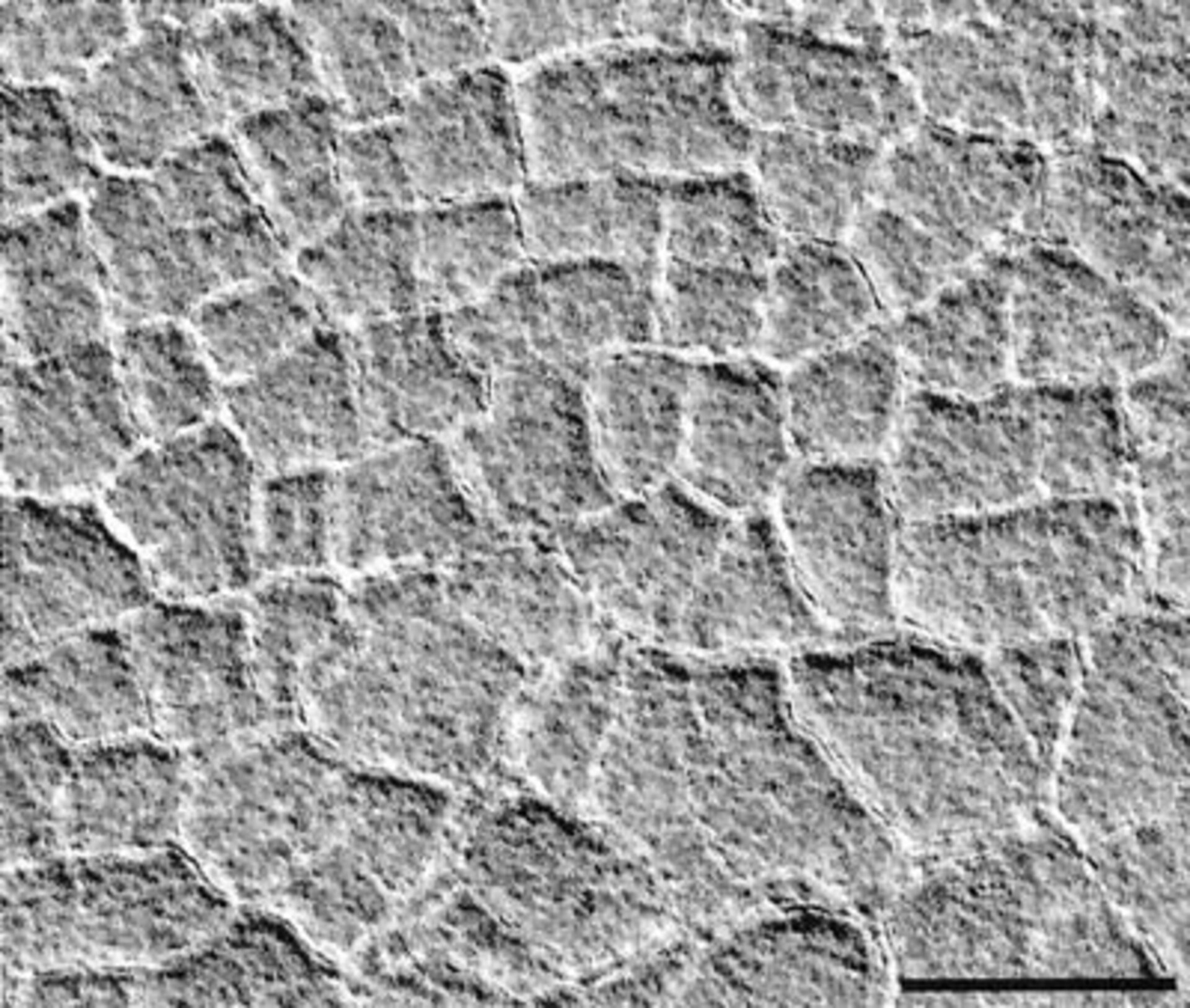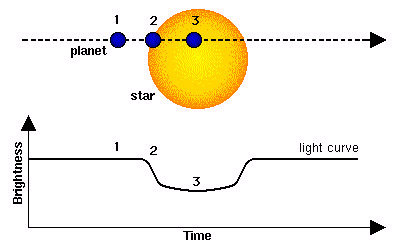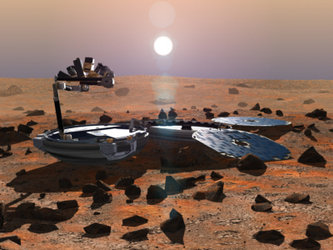Chances of life are linked to water
What are the chances for finding life on Mars now, compared with Viking's 'discoveries' 26 years ago? The experience gained in the past decades has demonstrated that finding unmistakable evidence for biological activity on Mars is very difficult. However, recent discoveries give reasons for hope.
First of all, recent missions have shown that Mars was, and still is, a wet planet. Several indications show that the Red Planet had large oceans in the past; and at least part of that water today is below the surface. Searching for life implies searching for water: no life form known today can exist without water. Water's chemical structure is perfect for allowing the exchange of substances between organisms and the environment, for example.
Other reasons for optimism have to do with the surprising discovery that there are a few terrestrial microorganisms that are able to live in extreme environmental conditions. Called 'extremophiles', they live in places traditionally thought to be sterile. They are a very diverse family: some are able to withstand temperatures up to 120°C or well below zero, while others live in very acidic fluids or can survive large concentrations of radiation.
Life is therefore much more able to withstand harsh conditions than originally thought. Perhaps a planet Mars whose average surface temperature is -53°C can harbour life after all.















 Germany
Germany
 Austria
Austria
 Belgium
Belgium
 Denmark
Denmark
 Spain
Spain
 Estonia
Estonia
 Finland
Finland
 France
France
 Greece
Greece
 Hungary
Hungary
 Ireland
Ireland
 Italy
Italy
 Luxembourg
Luxembourg
 Norway
Norway
 The Netherlands
The Netherlands
 Poland
Poland
 Portugal
Portugal
 Czechia
Czechia
 Romania
Romania
 United Kingdom
United Kingdom
 Slovenia
Slovenia
 Sweden
Sweden
 Switzerland
Switzerland
































